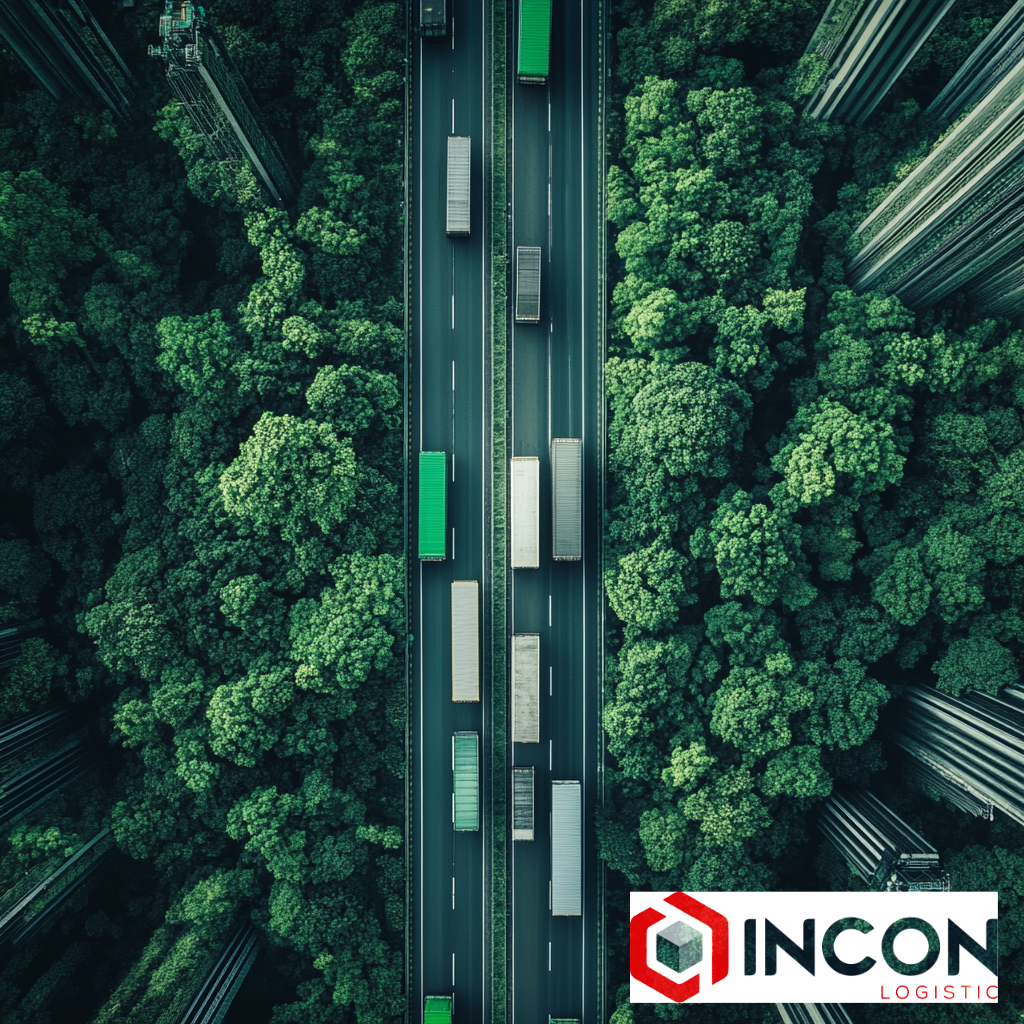Data and Sustainability: At the Gateway to the Future
“Data is the new oil.” Mathematician Clive Humby referred to this phrase as the future driving force of the economy. However, this analogy doesn’t fully hold for us.
Oil is a finite energy source, while data holds limitless possibilities. Oil is freely traded; data is not. Oil is traditional, non-renewable energy, while data is the technology of the future, such as quantum computing.
But we would rather say that data is like enriched uranium: it contains immense potential and energy, but in the wrong hands, it can be extremely dangerous. However, if used wisely and safety regulations are consistently followed, data can truly become the driving force behind a green and sustainable economy.
You can find more interesting articles on the topic of sustainability in the News section. Click now!
Awareness – Along the 3P Model
Sustainability has already been organically integrated into our corporate culture, and we consider this important aspect in our procurement decisions. I am noticing substantial changes among our partners as well. In recent years, many companies have relied on greenwashing, advertising their green efforts without structural changes. However, it is important to recognize that the mindset shift is a gradual process for which more and more tools have become available over the past 10-15 years. AI, alternative fuels, drone technology, and e-mobility all contribute to sustainability.
Let’s not forget: most companies belong to the profit-oriented sector. Only value propositions that improve profitability can be successful. Therefore, we find the so-called 3P model—Planet, People, and Profit—important. This approach helps company leaders consider environmental, social, and financial impacts in their business decisions, allowing the most beneficial sustainability investments to be found at the intersection of these three Ps.
Developments – Where we stand, what we do?
We need to split our activities into our own operations and those we conduct for our clients. In our own operations, we focus on green office practices, sustainable operations, sustainable sourcing, waste management, and energy efficiency.
The developments we pursue for our clients are even more exciting. We must place a strong emphasis on the carbon footprint of shipments, as we have a responsibility in green recovery. Why are we talking about green recovery? Because it started green.
And how can we help our clients achieve their climate goals?
-
Multimodality
-
Customized solutions
-
DATA! Accurate, real-time, validated data
-
CO2 calculator
Measurement – How and Why?
Quality data plays a central role in our activities. The rise of AI creates a rethought relationship with data. Accurate data is essential, as erroneous or outdated information can severely harm our operations. The credibility, accuracy, and reliability of data are becoming increasingly valuable. Returning to the previous thought: it also matters whether we use crude oil or fuel derived from gasoline. Data also needs to be refined and cleaned!
Opportunities and Challenges – The special situation of supply chains
Transforming supply chains facing sustainability challenges is not easy. Logistics is among the industries most affected by climate change, as our own operations are at significant risk if we do not take action. Furthermore, consumer demand for sustainable brands is at unprecedented heights.
What are the main challenges?
-
Geographic Spread: The international scope of supply chains causes significant transportation emissions.
-
Complexity: Due to globalization, the operations of supply chains function on a massive scale and across continents.
-
Regulatory Diversity: Different transnational partnerships bring a variety of regulations, making compliance difficult or nearly impossible.
-
Product Disposal: One of the biggest problems with supply chain pollution is that the ultimate disposal of products primarily lies in the hands of consumers, not manufacturers. For example, in consumer goods or the fashion industry, hundreds of millions of tons of textiles end up in landfills each year instead of being recycled.
Strategy – How to move forward?
Although we are a small business, we have a dedicated in-house expert focusing on sustainability to make it an integral part of our operations. When seeking solutions for our clients’ individual climate goals, we cannot rely solely on external consultants. Professional communities and knowledge sharing can, however, be important forums for this process.
So far, the global supply chain has lagged behind other industries in implementing sustainable practices. The characteristics that effectively operate supply chains—such as partnerships, transnationalism, and economies of scale—also hinder the realization of greener protocols.
Nevertheless, markets today demand more sustainable practices from companies. Trends indicate that environmentally friendly brands can gain a competitive advantage over traditional companies, as consumer preferences increasingly favor sustainable enterprises.
Reforming global supply chains can become attractive alongside economic goals by ensuring sustainable development. The 3P model (Planet, People, Profit) provides a holistic framework for leaders to achieve social, environmental, and financial objectives simultaneously.

